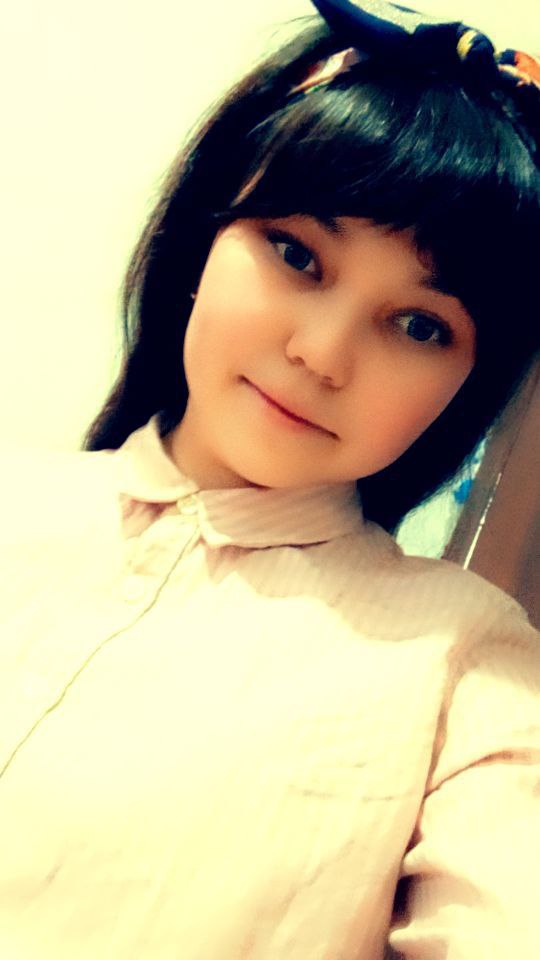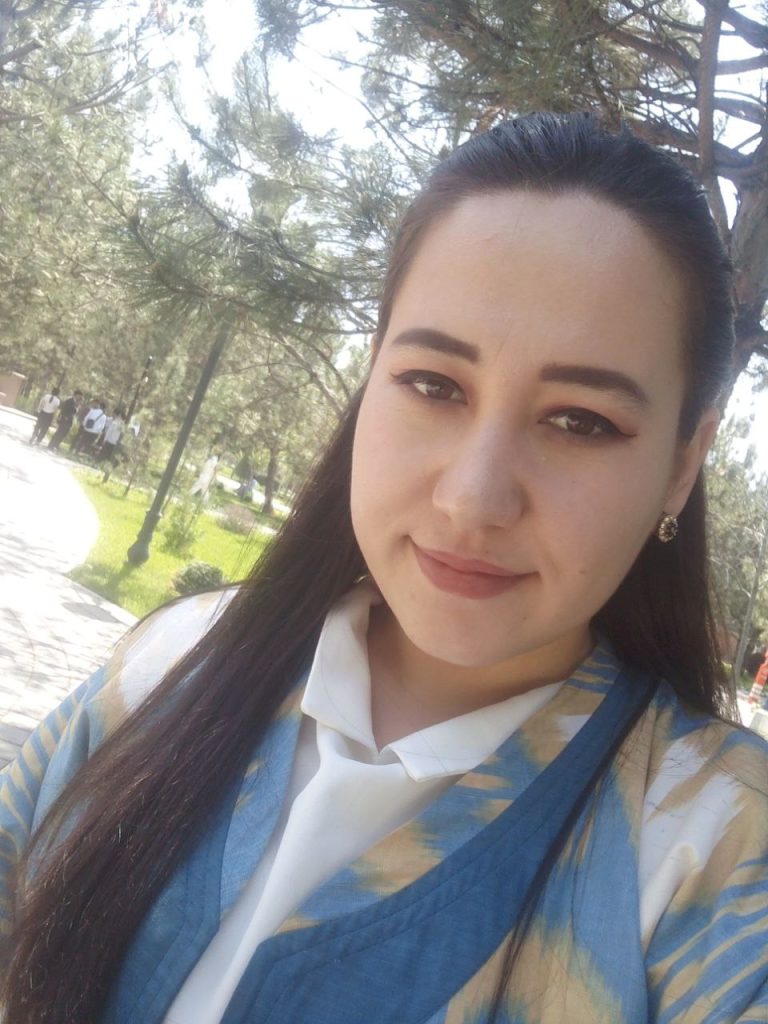
I BECAME THE PRIDE OF MY PARENTS
Sarvinoz Mansurova Xasan is daughter, Student of Bukhara State Medical Institute
Sarvinoz Xasan is daughter, Iʼm currently a 3rd-year student at Bukhara State Medical Institute, majoring in General Medicine. I am a recipient of the “Student of the Year” award and a participant in international conferences. I have authored more than 10 scientific articles and achieved numerous international accolades. I am fluent in three languages. Additionally, I am the founder and leader of “Noza Academy,” established to promote youth employment and the personal development of women.
The foundation of my achievements lies in the trust and hard work of my parents. From childhood, my parents instilled in me a love for books and language learning. Their confidence in me is both a responsibility and a source of pride. From my father, I learned not to give up on dreams, always strive forward, and embrace leadership. From my mother, I learned honesty, relentless learning, and responsibility.
Since childhood, I dreamed of studying at a medical institute and becoming a doctor, which I consider my calling. Despite some opposition from relatives who questioned the value of education for a girl, my father supported me, insisting that his children would be well-educated. At 17, I was admitted to the General Medicine program at Bukhara State Medical Institute, and I saw the pride in my parents’ eyes. I received the “Student of the Year” award at the institute with the close support of my teachers.
In February 2024, our team represented Uzbekistan at an international conference held in Azerbaijan. This conference motivated me to work even harder on self-improvement. The foundation of my success is greatly attributed to my parents’ support. They backed me in every aspect and, most importantly, believed in me.
My ultimate goal is to become a highly qualified specialist in my field and contribute to the development of my country. To my peers and the youth, I want to say that the future of Uzbekistan is in our hands. Do not stop until you become the pride of your parents, family, and country. Always work on innovative ideas and projects.
Mansurova Sarvinoz Hassan is a Student of the Bukhara State Medical Institute and the winner of the “Student of the Year” award from the founder and head of the “Noza” brand.




